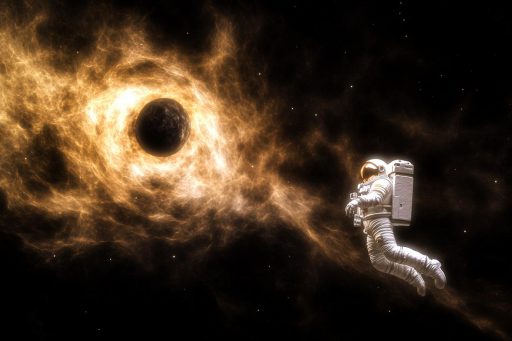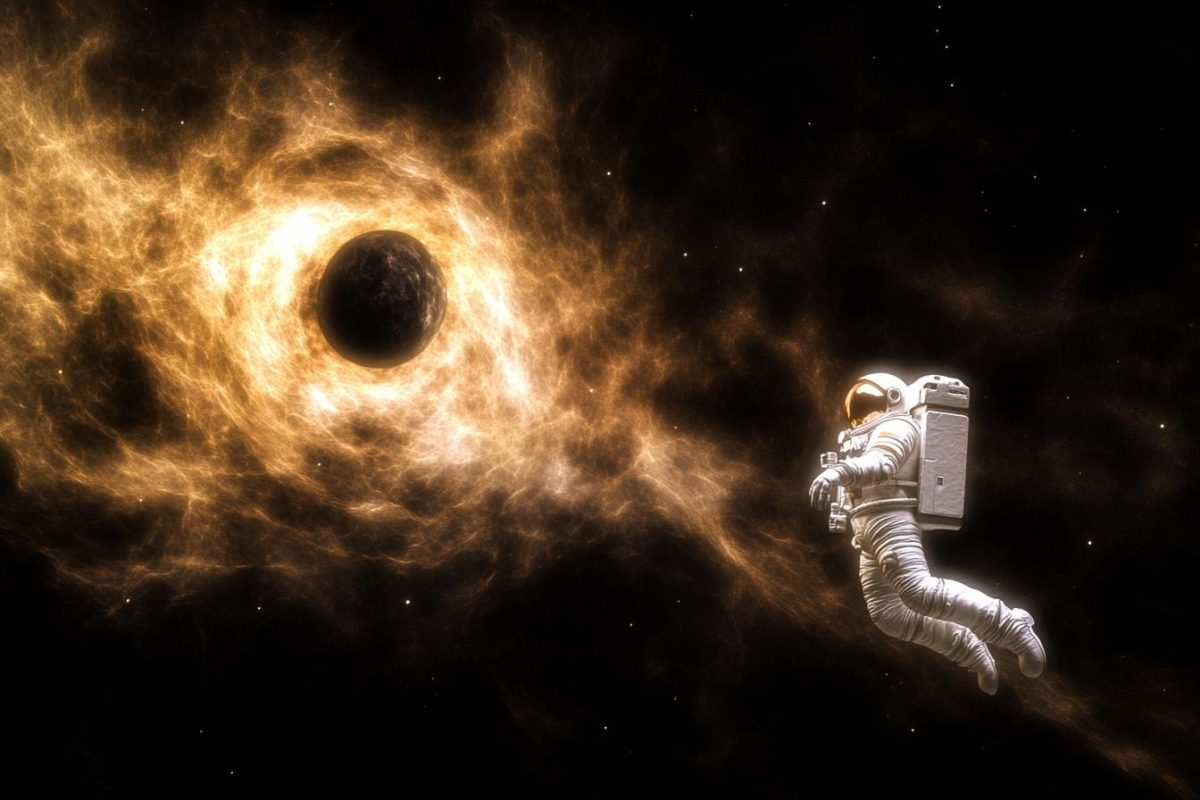
Space exploration has brought humanity closer to the cosmos—but not every discovery leads to clarity. Some findings raise more questions than answers, igniting fierce debate among scientists, skeptics, and theorists alike. Whether it’s the possibility of life, inexplicable signals, or anomalies that defy physics, these discoveries challenge the boundaries of what we know and what we think we know. In the vast silence of space, controversy echoes louder than certainty.
The Mars Microbe Debate

In 1996, scientists believed they found fossilized microbial life in a Martian meteorite. The announcement sparked excitement, but skeptics quickly questioned the evidence, citing possible contamination and non-biological explanations. Decades later, the debate continues, with new analyses occasionally reviving the possibility of ancient Martian life. The rock still sits at the heart of one of space science’s longest-running feuds.
The Enigmatic ‘Oumuamua Flyby
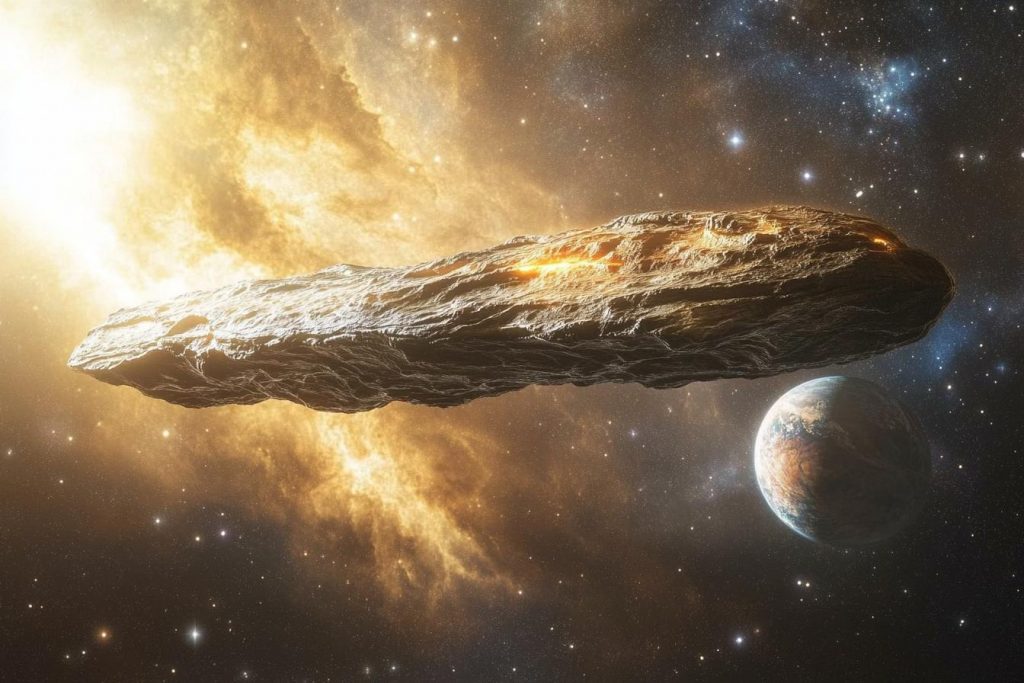
When a strange object zoomed through our solar system in 2017, it didn’t behave like any asteroid or comet ever seen. Its unusual shape, unexpected acceleration, and mysterious origin led some scientists to suggest it might be an alien probe. Critics call that idea speculative, but no natural explanation has fully accounted for its behavior. The true nature of ‘Oumuamua remains one of astronomy’s most hotly contested mysteries.
The Moon Landing Conspiracy
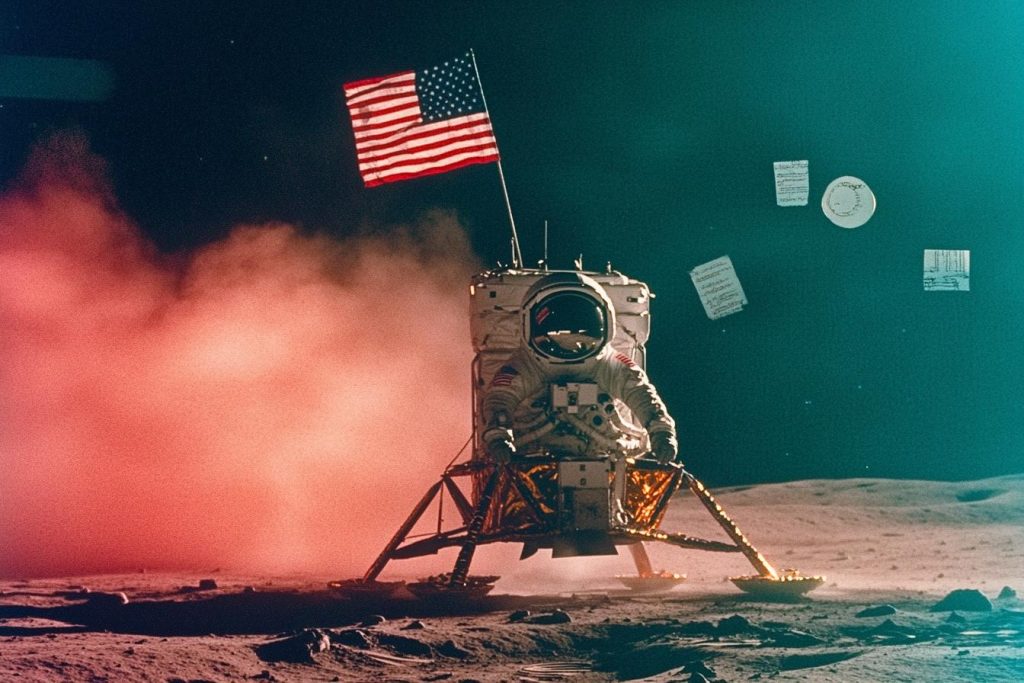
Despite overwhelming evidence, a portion of the public still believes the Apollo moon landings were staged. Proponents cite flag movement, lighting inconsistencies, and shadows as signs of a hoax, while scientists have repeatedly debunked these claims. The controversy has endured for decades, becoming more of a cultural phenomenon than a scientific debate. Still, the persistence of disbelief continues to fuel conspiracy theories across the globe.
The Dark Side of the Moon Signals
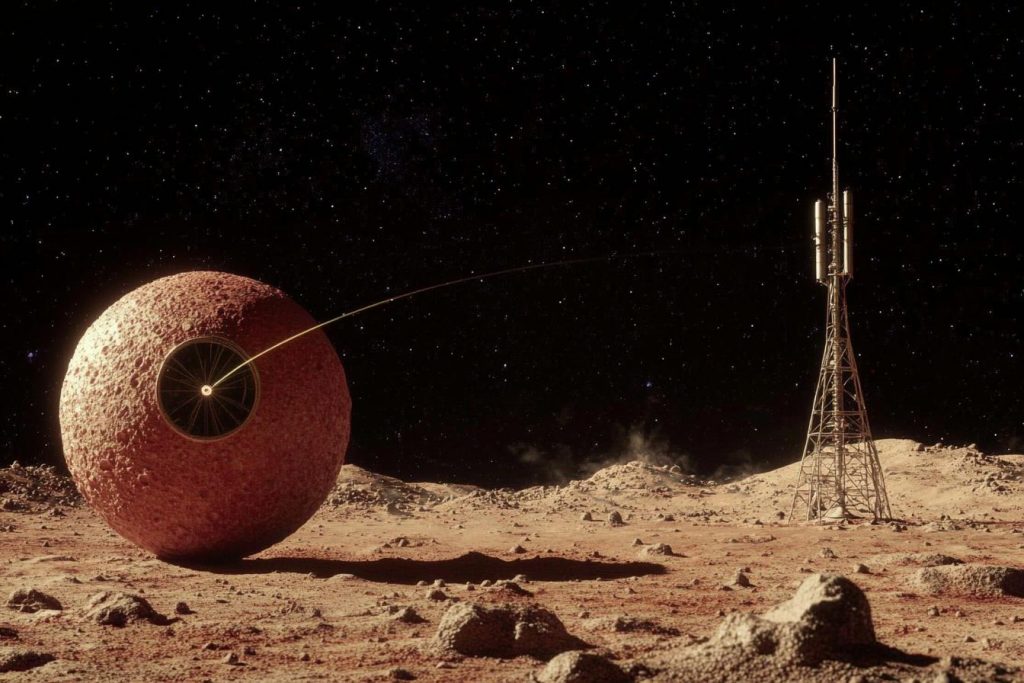
Mysterious low-frequency signals detected from the far side of the Moon have raised eyebrows. While some scientists attribute them to natural phenomena or Earth-based interference, others suspect more exotic explanations, including hidden bases or alien technology. The lack of clarity surrounding their origin only adds fuel to the speculation. For now, the Moon keeps its secrets well-hidden.
Life Signs on Venus—Or Not?

In 2020, scientists announced the detection of phosphine gas in Venus’s atmosphere—a potential biosignature. The news made headlines, but follow-up studies challenged the data, citing measurement errors and alternative chemical sources. What was once hailed as proof of extraterrestrial life quickly became a battleground of scientific skepticism. The Venusian atmosphere remains as mysterious as ever.
The Face on Mars
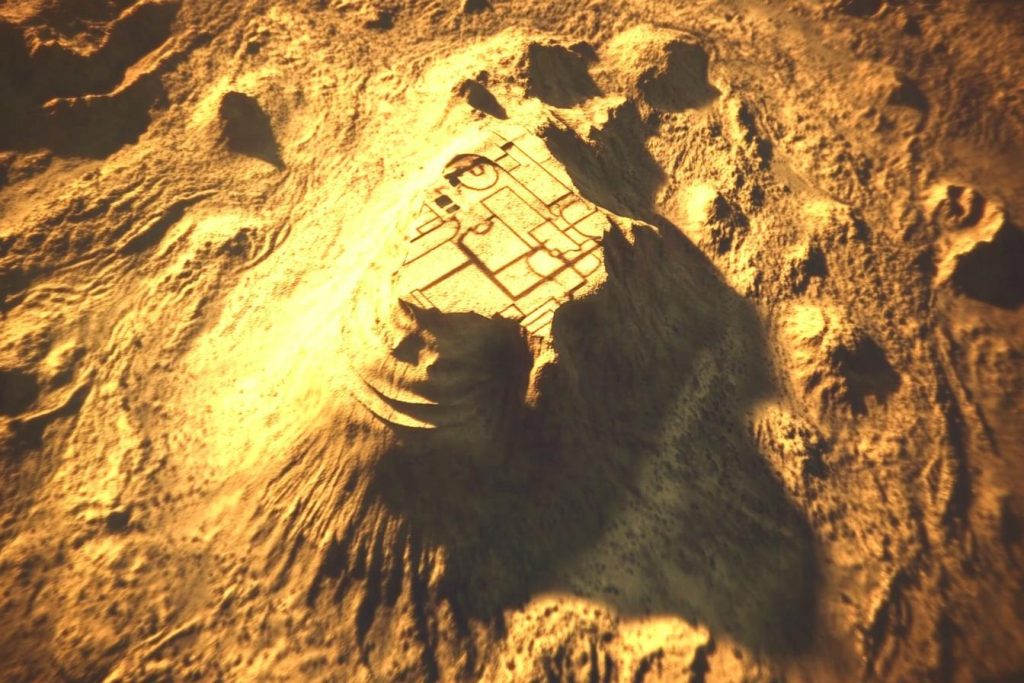
When Viking 1 beamed back images of a Martian surface formation resembling a human face, imaginations ran wild. NASA later dismissed it as a trick of light and shadow, but for many, it became proof of an ancient civilization on Mars. Higher-resolution images debunked the illusion, yet belief in the so-called “Face on Mars” still persists in fringe circles. Sometimes, perception outweighs science in the court of public opinion.
Fast Radio Bursts from Deep Space
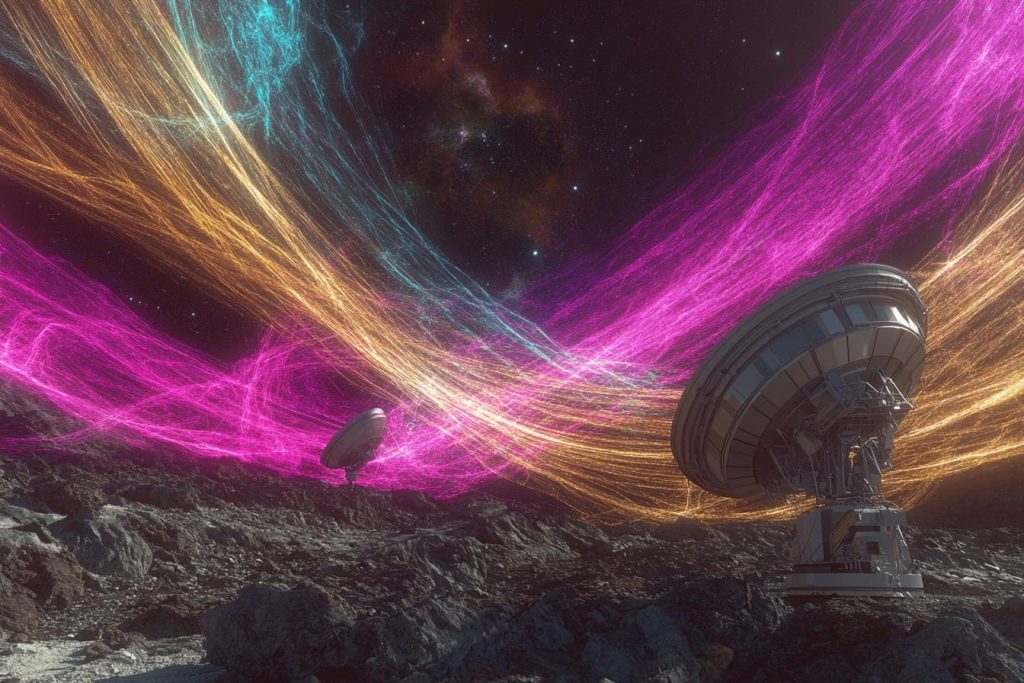
First discovered in 2007, fast radio bursts (FRBs) are millisecond-long blasts of radio energy coming from far beyond our galaxy. Their origins remain largely unknown, sparking theories that range from neutron stars to alien communication. The repeating nature of some FRBs only deepens the mystery. With each detection, the debate grows louder: what—or who—is sending these signals?
The Pluto Planet Debate
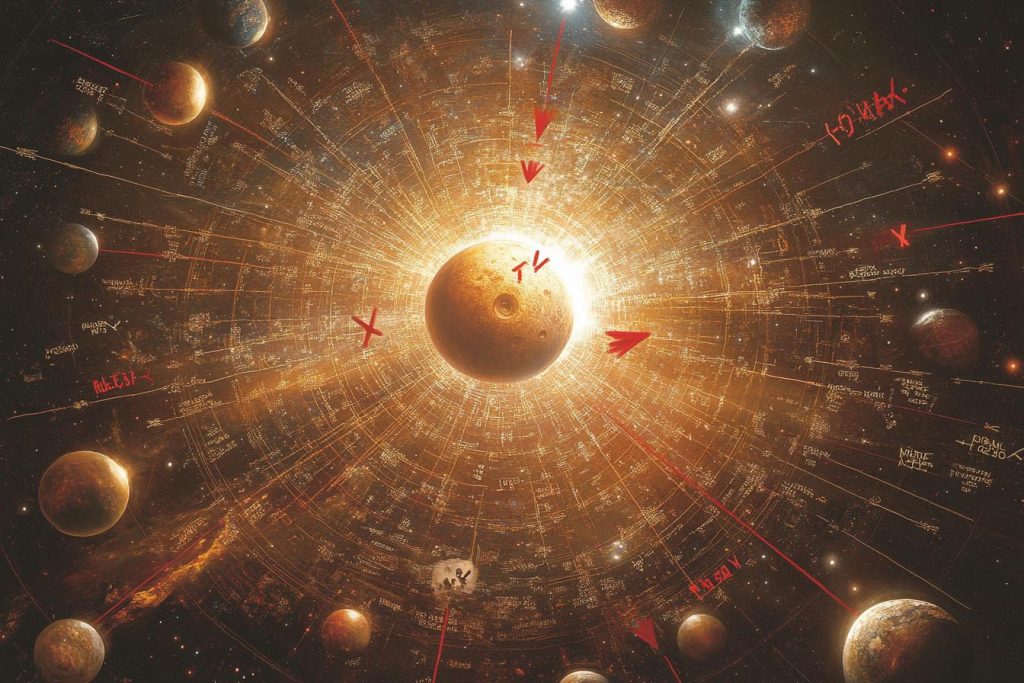
When Pluto was demoted from planet status in 2006, public outrage erupted. Astronomers cited new criteria, arguing Pluto was one of many similar bodies in the Kuiper Belt. However, many scientists and the public still insist Pluto deserves its planetary title. The debate touches on science, emotion, and identity—proving that even space classifications can spark fierce contention.
The Wow! Signal
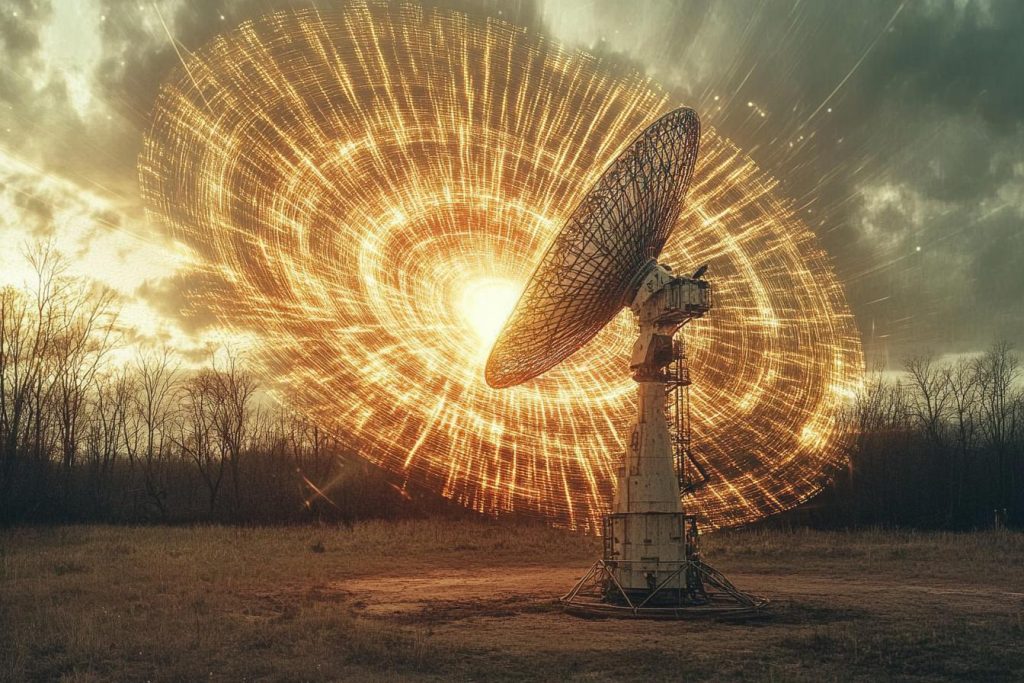
In 1977, a strong and unusual radio signal was detected by the Big Ear radio telescope. It lasted 72 seconds and seemed to come from deep space, leading some to believe it was a sign of alien intelligence. Despite numerous efforts, the signal has never been detected again or fully explained. Its origin remains one of SETI’s most puzzling and polarizing discoveries.
The Hubble Tension

Different methods of measuring the universe’s expansion rate yield different results—something cosmologists call the Hubble tension. This discrepancy challenges our understanding of fundamental physics and the structure of the cosmos. Some suggest new physics may be needed to reconcile the gap, while others believe observational errors are to blame. Either way, it’s a cosmic controversy with high stakes.
Alien Megastructure Theories Around Tabby’s Star
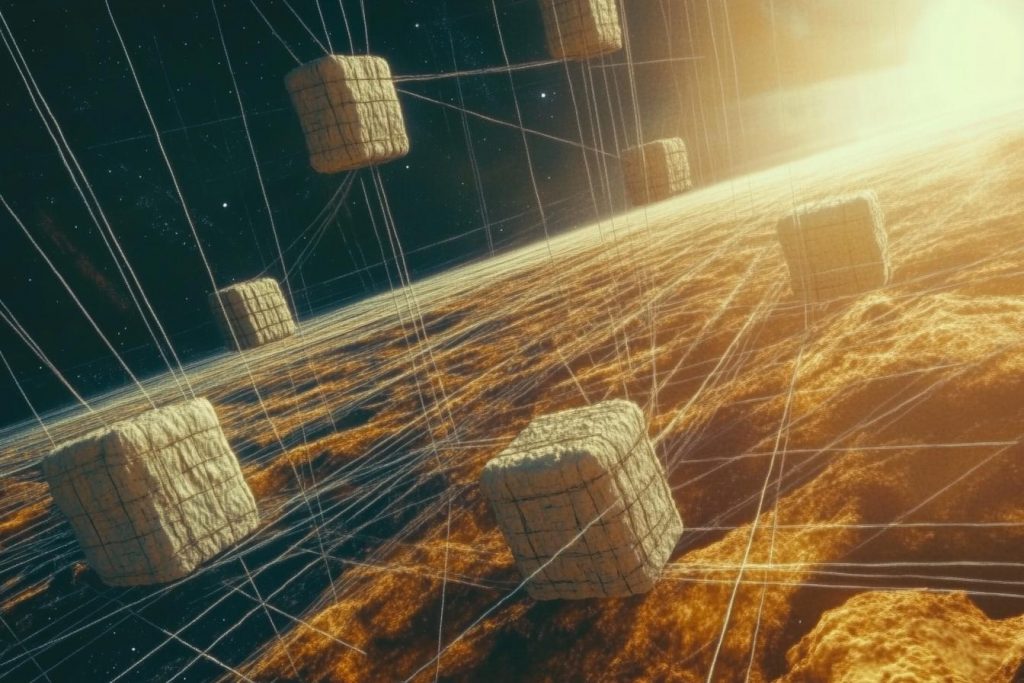
Tabby’s Star, also known as KIC 8462852, dims in irregular and extreme ways that defy conventional explanation. While dust clouds and comets have been proposed, none fully account for the light fluctuations. This led to speculation about alien megastructures, like Dyson spheres, sparking both fascination and skepticism. To this day, the true cause remains elusive—and fiercely debated.
Anomalies in the Cosmic Microwave Background
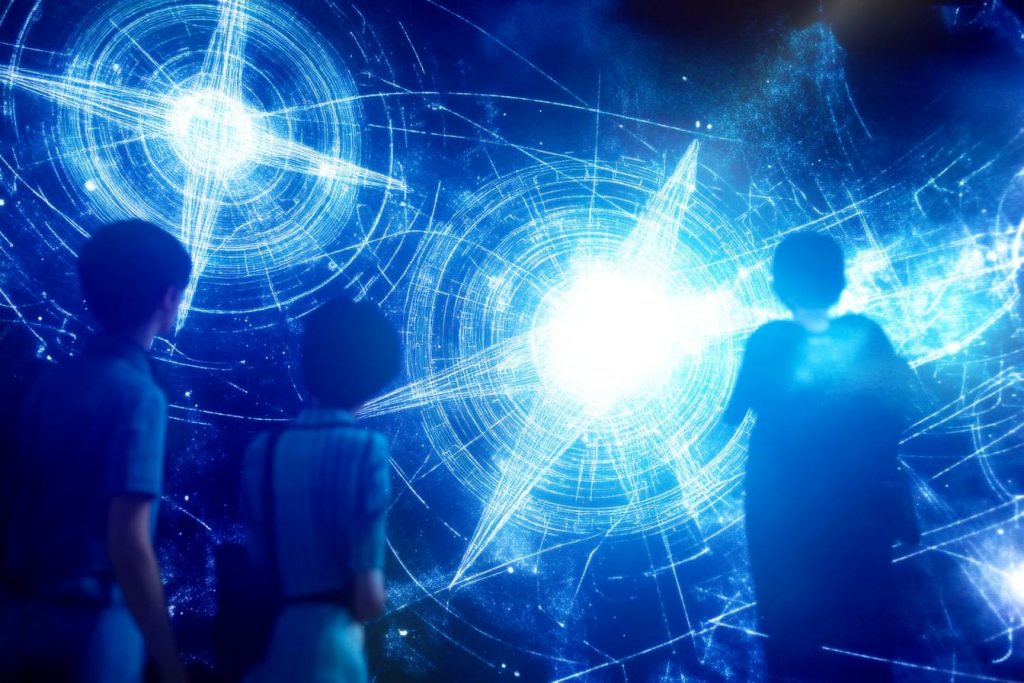
The Cosmic Microwave Background (CMB) is the oldest light in the universe, but its smoothness isn’t perfect. Some strange “cold spots” and alignment patterns appear to break the rules of standard cosmology. While some physicists claim they’re statistical flukes, others think they could point to new physics—or even the existence of other universes. These anomalies continue to challenge our cosmic model.
Signals from Proxima Centauri
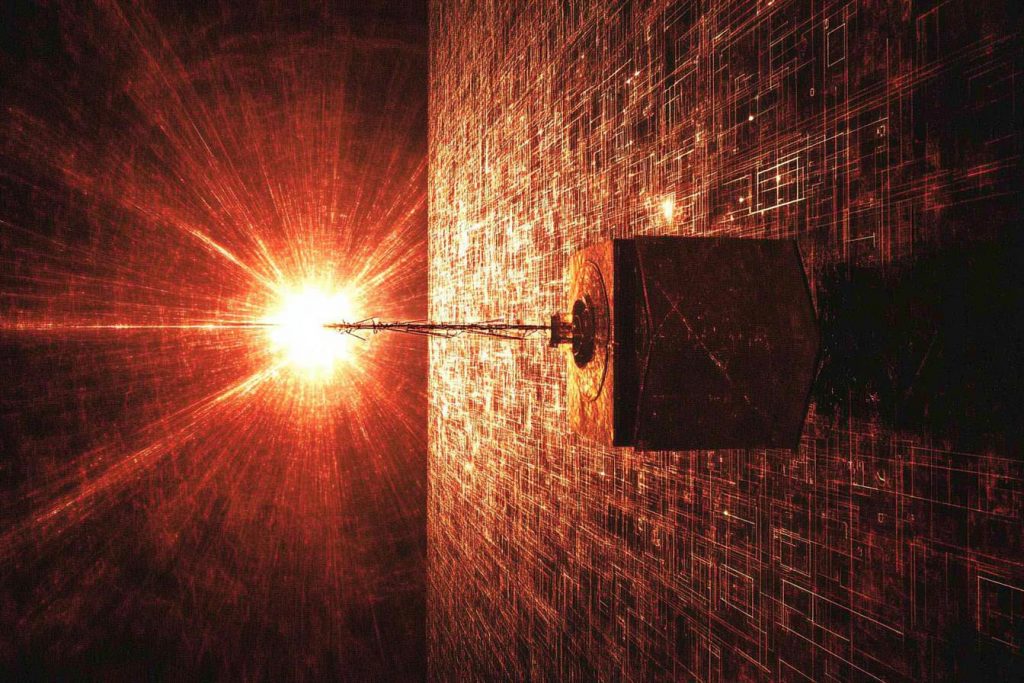
In 2020, researchers detected a narrowband radio signal coming from the direction of Proxima Centauri, our nearest stellar neighbor. Though later deemed likely interference, it stirred major interest due to its unusual nature and seemingly artificial characteristics. SETI researchers are cautious, but the incident highlights how quickly science can veer into speculation. The line between anomaly and alien remains razor-thin.
The Sky Isn’t Settled Yet

Space is full of wonders—but also of enigmas that science can’t yet explain. Some discoveries ignite hope, others suspicion, and a few teeter between breakthrough and blunder. These ongoing controversies remind us that space exploration is as much about confronting uncertainty as it is about achieving clarity. As long as we look to the stars, questions will outnumber answers.

